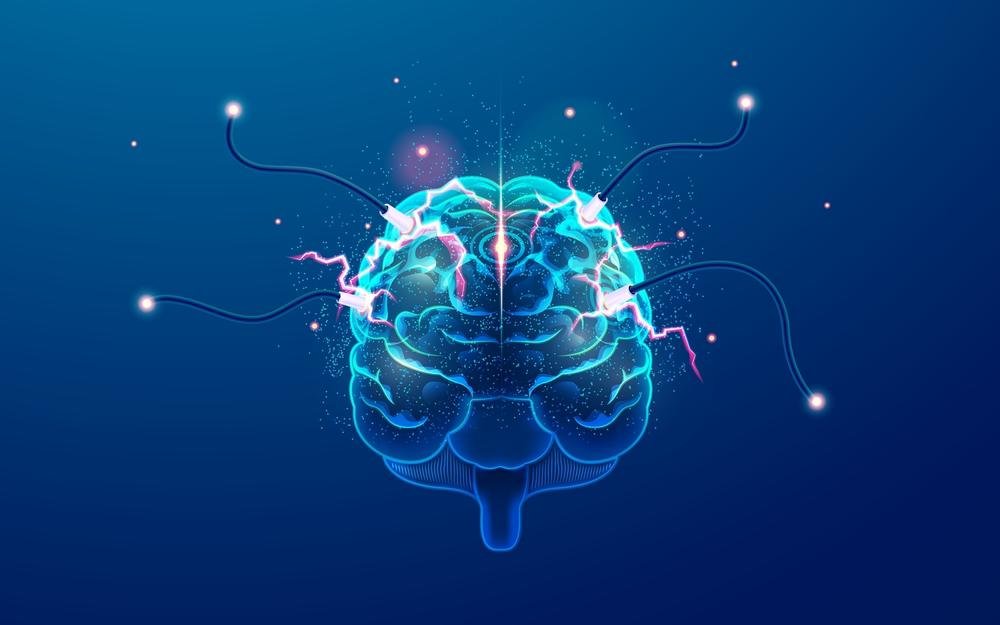The Radiological Society of North America (RSNA) has discovered a crucial difference in the brains of people with chronic migraine and those with episodic migraine without aura. According to research, these patients have enlarged spaces around blood vessels in the centrum semiovale.
Perivascular spaces so enlarged have never been reported before, and the hope is that the images will help researchers develop new, personalized methods for diagnosing and treating migraine. The work will be presented at the organization’s annual meeting at the end of November.
Migraines are a common but often debilitating condition. Those who suffer from it often report a severe headache that does not go away. In addition, migraine can cause nausea, weakness, and sensitivity to light, accompanied by an aura.
Aura is a visual change in which the patient sees small points of light or the boundaries of the field of view become blurred. It can last from 15 to 60 minutes, followed by a very strong and constant headache.
THEM American Migraine Foundation (American Migraine Foundation) estimates that as many as 148 million people worldwide suffer from chronic migraine, the version of the disease of patients studied by the RSNA.
In total, about 10% of the world’s population has already suffered from some type of illness, according to an article published in the scientific journal. jama – that is about 800 million people.
Understanding the migraine brain
Perivascular spaces are the fluid-filled spaces that surround blood vessels in the brain. They are most commonly found in the basal ganglia, white matter of the brain, and along the optic tract.
These spaces around blood vessels can be affected by a variety of factors, such as inflammation, and their enlargement can be a sign of another disease.
The type of imaging used in the study – ultra-high resolution magnetic resonance imaging – has the ability to produce higher quality images of the brain than other types of magnetic resonance imaging, making it possible to show much smaller changes that occur in the brain. brain tissue after a migraine attack.
The participant group consisted of ten chronic migraineurs, ten migraineurs without episodic aura, and five non-migraineous individuals as the control group, selected according to the age of the other participants. All were between the ages of 25 and 60.
The researchers calculated the enlarged perivascular spaces in the central semiovalis of the patients’ brains, and lesions that “light up” on MRI were measured and graded with the microhemorrhage anatomical rating scale.
Clinical data such as symptoms – duration and severity of the disease – presence of aura and headache side were also taken into account during the examination.
Study results

Statistical analysis revealed that the number of enlarged perivascular spaces in the centrum semiovale was significantly higher in migraine patients compared to healthy controls.
“White matter lesions were significantly associated with the presence of enlarged perivascular spaces,” according to a statement published by the study team.
Now, the team hypothesizes that significant differences in the perivascular spaces of migraine patients may indicate a disruption in the brain’s waste disposal system, which uses the perivascular channels to help clear soluble proteins and metabolites from the central nervous system (CNS).
However, it remains to be seen whether the changes found in the study help or affect the development of migraine, or whether they are a result of the disease. An ongoing study with larger numbers of patients will be needed to better understand the relationship between structural changes and the development of different types of migraine.
According to Wilson Xu, one of the study’s co-authors, his team’s results should inspire future larger-scale studies and eventually help develop new personalized methods for diagnosing and treating migraine.
Source: Tec Mundo
I am Bret Jackson, a professional journalist and author for Gadget Onus, where I specialize in writing about the gaming industry. With over 6 years of experience in my field, I have built up an extensive portfolio that ranges from reviews to interviews with top figures within the industry. My work has been featured on various news sites, providing readers with insightful analysis regarding the current state of gaming culture.













